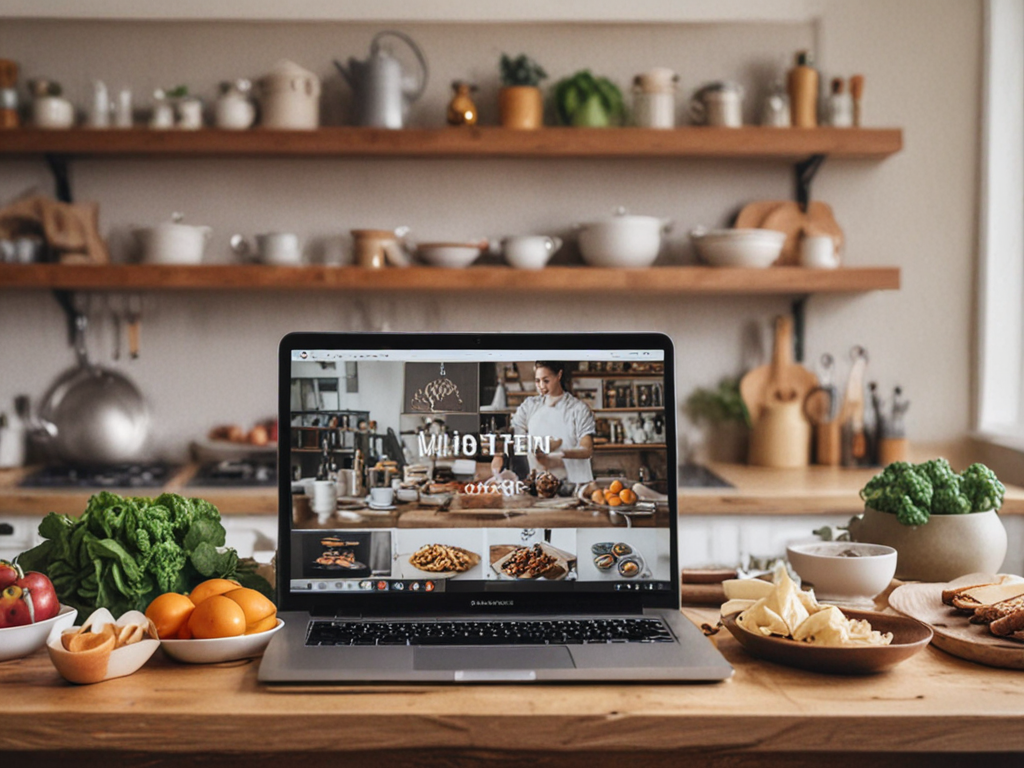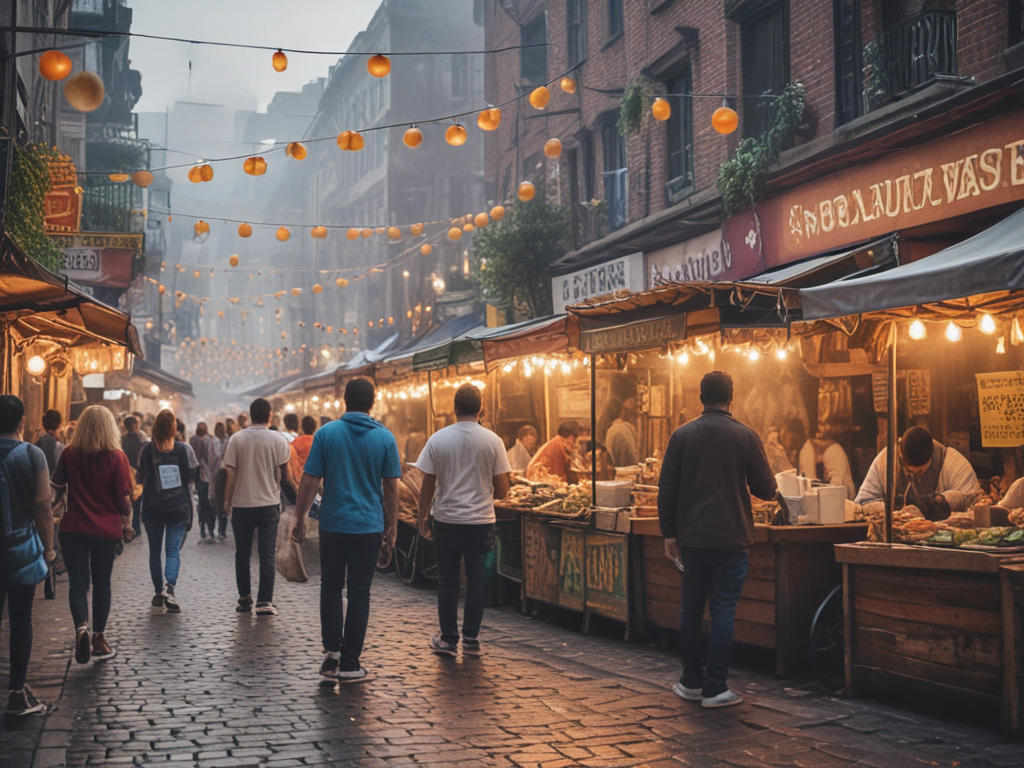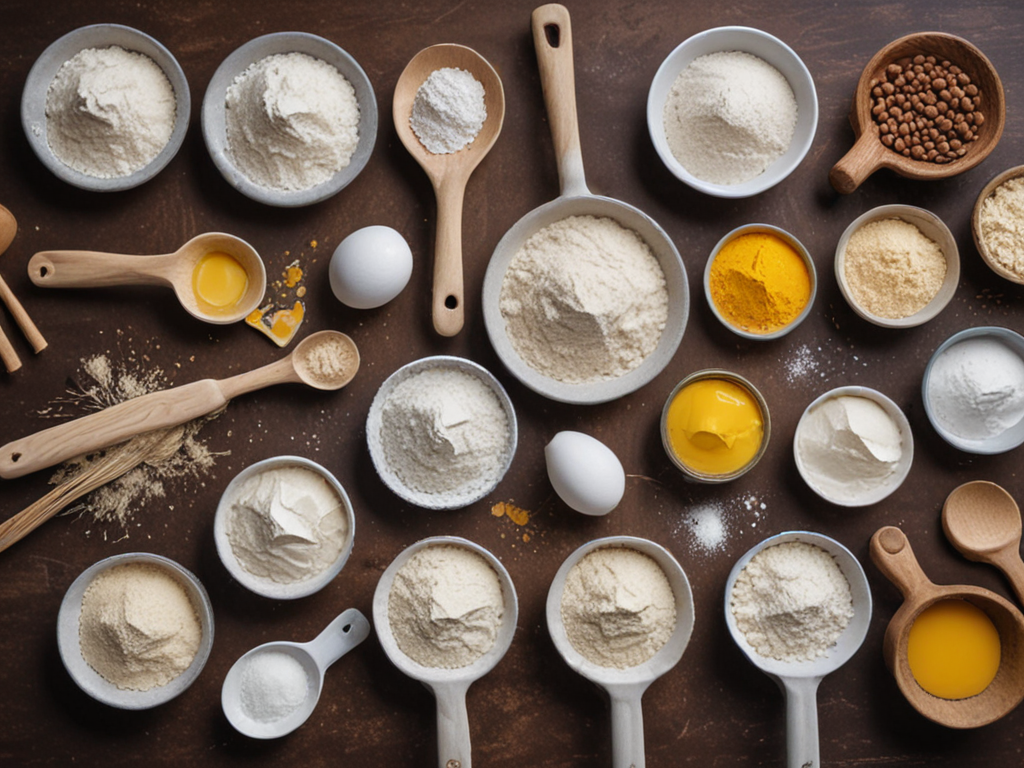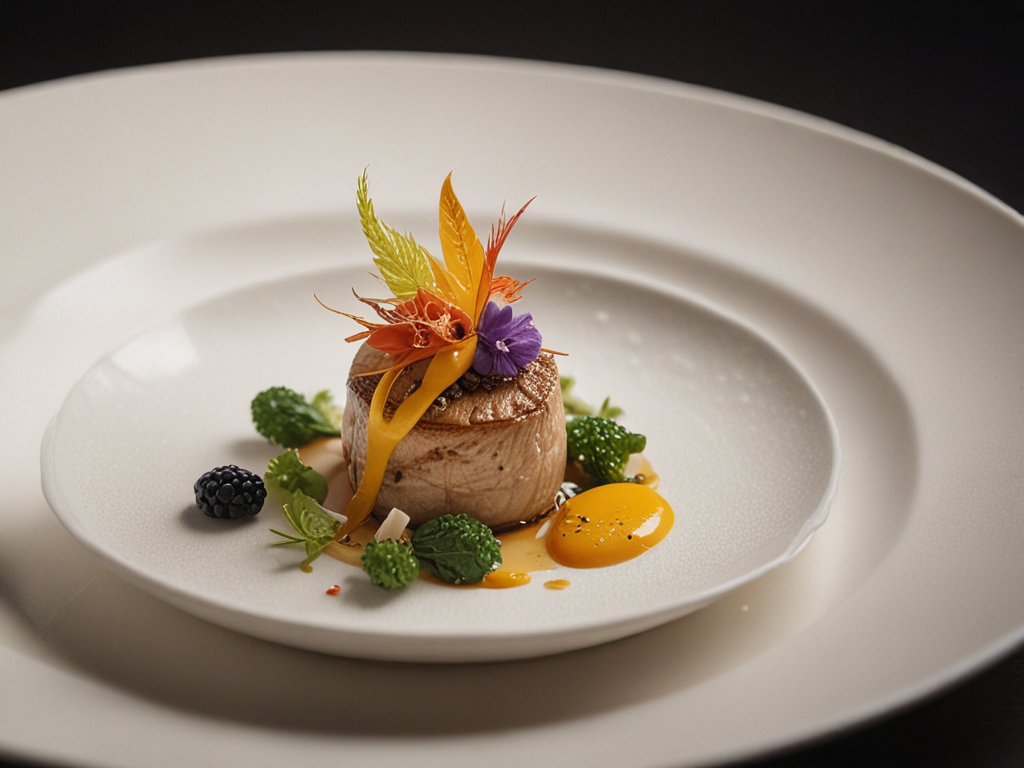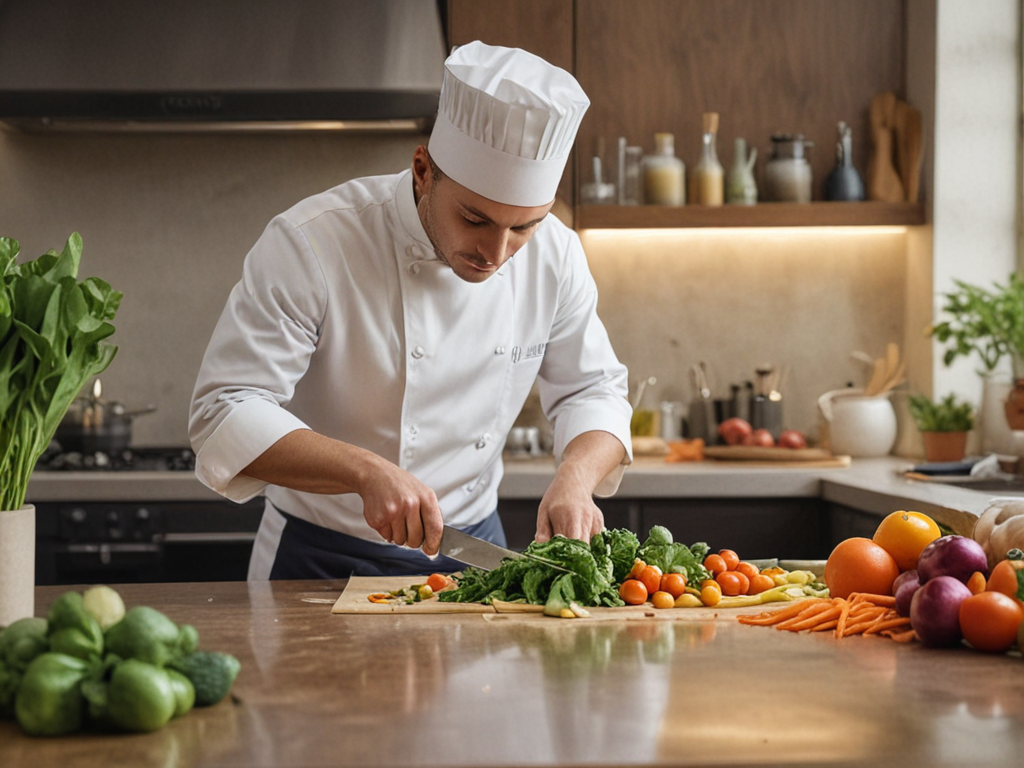
Embarking on the journey to master the art of French cooking techniques is akin to unraveling the intricate layers of a perfectly baked croissant. As a culinary enthusiast thus into the world of French gastronomy, each technique learned acts as a brushstroke on a canvas, contributing to the masterpiece of a well-executed dish. The precision required to julienne vegetables, the finesse of a well-executed sauté, and the alchemy of creating velvety sauces are just the beginning. Join me as we uncover the secrets behind the culinary magic that is French cuisine.
Essential Knife Skills
Mastering essential knife skills is crucial for anyone looking to excel in French culinary techniques. Knife safety is paramount in the kitchen. Always keep your fingers tucked in and away from the blade, using a proper grip to maintain control. When cutting, make sure the knife is sharp to prevent slips that can lead to accidents. Precise cuts are fundamental in French cooking, where consistency is key for even cooking times and presentation. To achieve this, practice different cutting techniques like julienne, chiffonade, and brunoise. Each cut requires specific movements and angles to produce uniform pieces. Remember to use a cutting board to protect both the knife’s edge and the countertop. Additionally, always wash and dry your knives by hand to maintain their sharpness and longevity. By honing your knife skills with precision and care, you lay a strong foundation for mastering the art of French cooking.
The Art of Sautéing
When sautéing, mastering heat control is vital to achieve the perfect balance of caramelization and tenderness in your ingredients. Proper ingredient preparation techniques, such as uniform slicing and consistent seasoning, play a significant role in enhancing the flavors of the dish. These fundamental aspects of sautéing are essential for creating delicious French dishes with depth and complexity.
Heat Control Tips
To achieve the perfect sauté, one must master the art of controlling heat with precision. Temperature control is vital when sautéing, as it allows ingredients to cook evenly without burning. Start by preheating the pan over medium heat, then adjust as needed to maintain a steady temperature. Cooking precision is key to achieving a golden-brown sear on meats or a tender yet crisp texture on vegetables. When adding ingredients to the pan, make sure they are dry to prevent steaming instead of browning. Keep the ingredients moving with a quick toss or flip to promote even cooking. With practice and attention to heat control, you can elevate your sautéing skills to create delicious French dishes.
Ingredient Preparation Techniques
Beginning on the journey of perfecting the art of sautéing requires a meticulous focus on the precise preparation of ingredients. When it comes to sautéing, ingredient preparation plays a critical role in achieving the desired flavors and textures. Here are some essential techniques to master this aspect of French cooking:
- Uniform Slicing: Make sure ingredients are uniformly sliced to promote even cooking and prevent some pieces from overcooking while others remain undercooked.
- Marinating: Marinate proteins or vegetables before sautéing to enhance flavor infusion and tenderize tougher cuts.
- Seasoning: Properly season ingredients before sautéing to bring out their natural flavors and elevate the dish.
- Preheating the Pan: Always preheat the pan before adding ingredients to achieve a perfect sear and texture enhancement.
Mastering French Sauces
Let’s explore the art of mastering French sauces, a fundamental aspect of French culinary expertise. Understanding classic French sauces and learning the essential tips for perfecting them can elevate any dish to a gourmet level. From the velvety consistency of Béchamel to the rich depth of flavors in a well-executed Bordelaise, mastering French sauces is a skill that requires practice and dedication.
Classic French Sauces
Mastering the art of Classic French Sauces is a fundamental skill for any aspiring chef. In French cuisine, sauces play an important role in enhancing the flavors of dishes. To achieve the perfect sauce, attention to detail is key. Here are some essential techniques to master:
- Sauce Consistency: Achieving the right consistency is important; it should coat the back of a spoon without being too thick or thin.
- Flavor Balance: Balancing the flavors of a sauce is an art; it should have depth, richness, and harmony.
- Roux Techniques: Understanding how to create a roux is essential for thickening sauces and adding flavor.
- Emulsification Processes: Emulsifying sauces correctly can create a smooth, creamy texture that binds ingredients together seamlessly.
Mastering these techniques will elevate your culinary creations to a new level of sophistication.
Tips for Perfecting
To perfect your mastery of French sauces, focus on honing your techniques for achieving impeccable flavor balance and consistency. Flavor balancing is important in French cuisine, where sauces play a central role. Pay attention to the harmonious combination of salty, sweet, sour, and bitter elements to create a well-rounded taste experience. Experiment with different ingredients and seasonings to find the perfect balance that complements your dish. Additionally, texture control is key to achieving a professional-quality sauce. Aim for smooth, velvety textures or rich, thick consistencies, depending on the sauce type. Use techniques like reduction, emulsification, and thickening agents to control the texture and guarantee a satisfying mouthfeel. Mastering these aspects will elevate your French sauce-making skills to a whole new level.
Perfecting Culinary Techniques
My goal in perfecting culinary techniques is to cultivate precision and consistency in every dish I create. As I hone my skills, I focus on mastering fundamental elements to elevate my cooking to the next level. Here are four key aspects I prioritize in perfecting culinary techniques:
-
Knife Skills: Mastering the art of chopping, slicing, and dicing not only enhances the aesthetics of my dishes but also guarantees even cooking and consistent textures.
-
Temperature Control: Understanding the impact of heat on ingredients helps me achieve the desired flavor infusion and texture balance in my dishes.
-
Seasoning Techniques: Perfecting the balance of salt, herbs, and spices is important for enhancing the overall taste profile of a dish.
-
Plating Precision: Attention to detail in the presentation of a dish not only enhances its visual appeal but also reflects the care and effort put into its preparation.
French Pastry Mastery
In honing my culinary skills, a new domain of artistry awaits as I explore the intricate world of French Pastry Mastery. To achieve pastry perfection, mastering baking secrets is essential. French pastry is renowned for its delicate textures and exquisite flavors, requiring precision and dedication to detail.
One of the baking secrets vital to French pastry mastery is the precise measurement of ingredients. The balance of flour, butter, sugar, and eggs must be exact to achieve the desired texture and taste. Additionally, understanding the science behind ingredients and techniques is fundamental. For instance, knowing how different fats affect the flakiness of a croissant or the tenderness of a madeleine is essential in creating exceptional pastries.
Mastering the art of lamination, the process of layering butter and dough, is key to achieving the light, airy quality characteristic of French pastries. This technique requires patience and skill to create the perfect buttery layers that define classic French pastries like puff pastry and croissants. By delving into these baking secrets and techniques, one can truly delve into the art of French pastry mastery.
Wine Pairing Perfection
Delving into the art of wine pairing involves meticulously selecting complementary flavors to enhance the culinary experience. When aiming for wine pairing perfection, consider the following key points:
-
Understand Flavor Profiles: Different wines have varying flavor profiles that can either contrast with or enhance the flavors in a dish. For example, a light-bodied Pinot Noir can beautifully complement the delicate flavors of a Coq au Vin, while a bold Cabernet Sauvignon might overpower it.
-
Analyze Tasting Notes: Reading the tasting notes of a wine can provide valuable insights into its characteristics. Look for descriptors like fruity, oaky, or acidic, and match these with the flavors in your dish. A citrusy Sauvignon Blanc could be the perfect match for a seafood-based Bouillabaisse.
-
Balance Intensity: Consider the intensity of both the wine and the dish. A rich, heavy Bordeaux would pair well with a hearty Beef Bourguignon, while a crisp Chardonnay might be a better match for a lighter dish like Quiche Lorraine.
-
Experiment and Personalize: Ultimately, the art of wine pairing is subjective. Don’t be afraid to experiment with different combinations to find what suits your palate best. It’s all about enhancing your dining experience through the perfect marriage of flavors.

